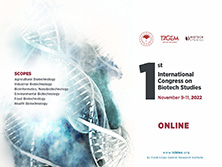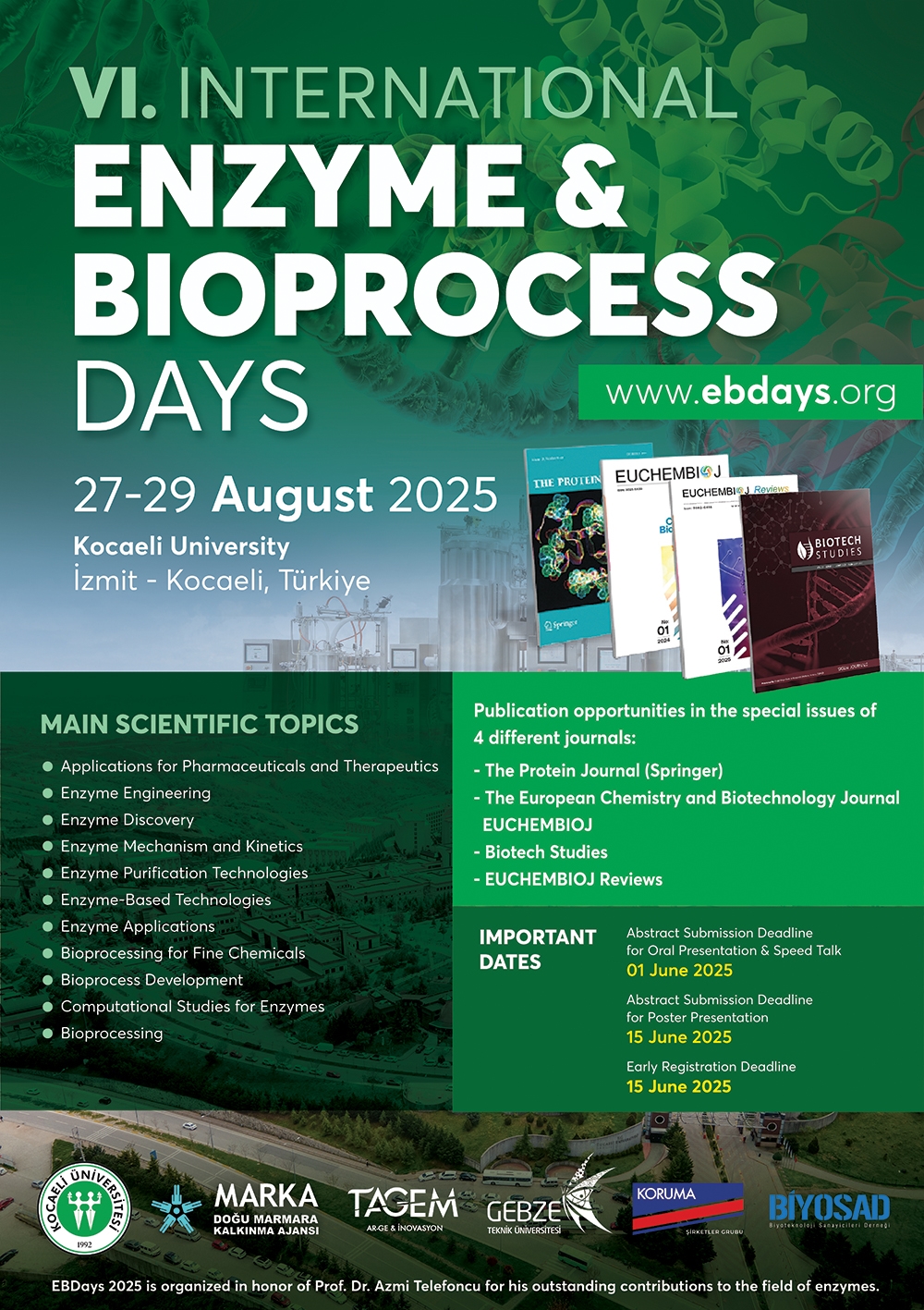Biotech Studies
1993, Vol 2, Num, 3 (Pages: 069-084)
EFFECT OF SIMULATED GRAZING AND SOIL TILLAGE ON WHEAT GROWTH AND DEVELOPMENT
2 Prof. Washington Eyalet Universitesi, Pullman, Washington, A.B.D. - Incorporation of plant residues by various types and numbers of tillage operations, or harvesting straw for feed and grazing stubble, are common residue management practices. Low amounts of crop residue on the soil surface can increase the potential for soil erosion and water loss by evaporation and/or runoff. This study investigated the hypothesis that practices that lower the amount of crop residue on the soil surface will also reduce available soil water, crop growth, and grain yield. The effects of no tillage (Ti) and conventional tillage (Gi) coupled with simulated intensive grazing (YO), controlled grazing (KO), and no grazing (Oz) on spring wheat (Triticum aestivum L.) in two consecutive years were investigated under rainfed conditions. In 1988, more water was stored in NG plots, whereas there was no difference in 1989. Early season growth was not affected by any of the treatments in either year. By anthesis, plants in the IG, NT plots had lower green leaf area and relative water content and had aborted more tillers than the plants in the other plots in 1988 but not in 1989. Yield in the IG plots was less than the other plots in 1988. Soil moisture at anthesis appears to be a critical factor affecting later growth and grain yield. Keywords : Triticum aestivum L.; plant residues; grazing; soil tillage; soil moisture
















